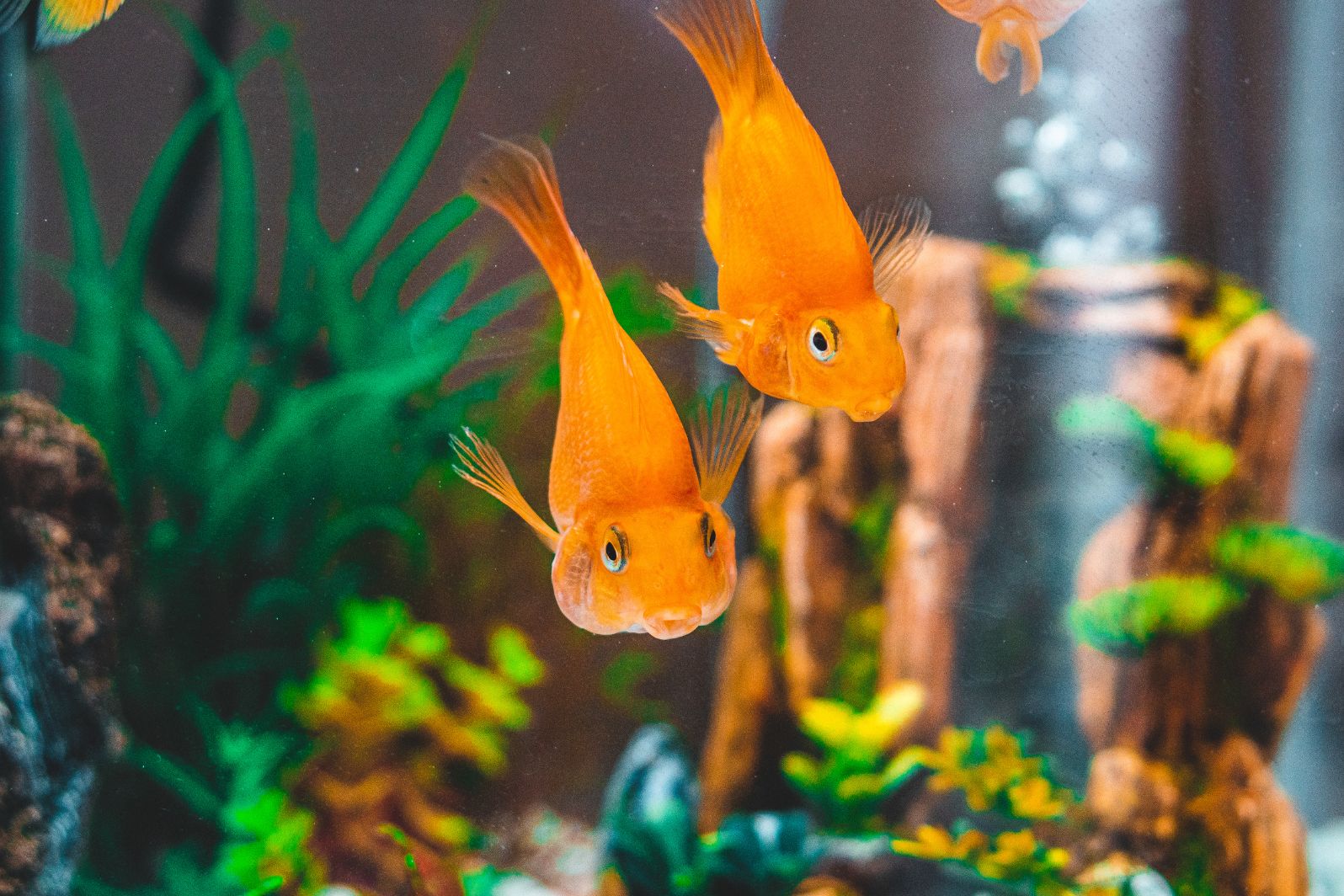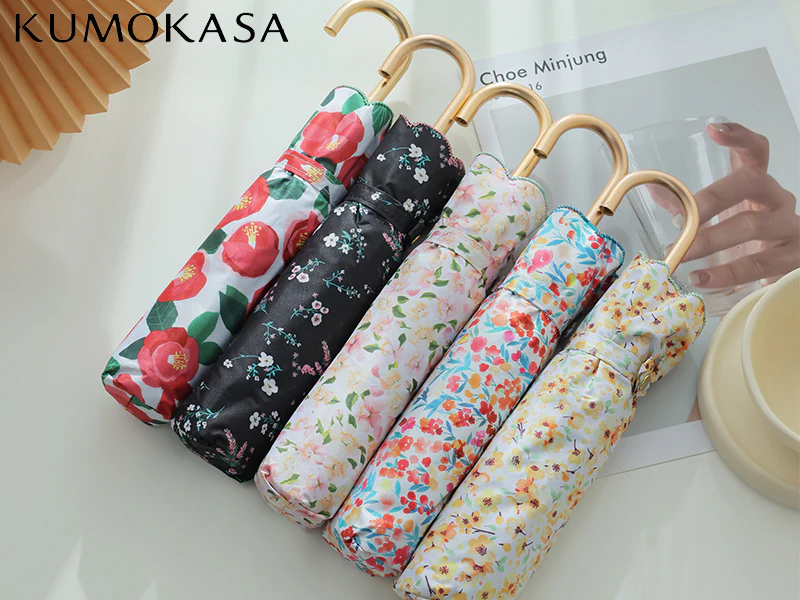If you’re new to fish keeping, a 300 gallon fish tank may seem intimidating. But don’t let its size scare you – with the right plants, your tank can become a beautiful and thriving ecosystem for your aquatic pets.
In this article, we’ll discuss some of the best plants for your 300 gallon fish tank and provide tips for tank landscaping. So read on to learn more!
Table of Contents
Beginner Plants for a 300 Gallon Fish Tank
If you’re just starting with your 300 gallon fish tank, it’s best to choose plants that are easy to care for and can tolerate a wide range of water conditions. Some great options for beginners include:
Java Fern
This plant is a popular choice among beginner fish keepers because it’s low maintenance and can survive in varying water conditions. It has dark green, textured leaves that add visual interest to your tank.
Anubias
Similar to Java Fern, Anubias is another hardy plant that can withstand different water parameters. It has broad, leathery leaves that make it a great addition to larger tanks like the 300 gallon.
Java Moss
For a more natural look, consider adding Java Moss to your tank. This plant is easy to grow and can attach itself to decorations or substrate, creating a lush green carpet on the bottom of your tank.
Cryptocoryne
Cryptocoryne plants come in various shapes and sizes, making them a versatile addition to your tank. They prefer soft, slightly acidic water and can thrive in low-light conditions.
Intermediate Plants for a 300 Gallon Fish Tank
Once you have some experience with keeping plants in your tank, you can move on to more challenging species. Here are some plants that require a bit more care but can add a lot of beauty to your 300 gallon fish tank:
Dwarf Hairgrass
This grass-like plant is perfect for creating a natural-looking landscape in your tank. It requires high light and nutrient levels, so it’s best for intermediate fish keepers.
Amazon Sword
One of the most popular aquarium plants, Amazon Swords has long, flowing leaves that can reach up to 20 inches in height. They prefer nutrient-rich substrate and moderate lighting.
Hornwort
Hornwort is a fast-growing plant that can help with water filtration in your tank. It’s also a great option for fish that like to hide or lay eggs, as it provides plenty of cover.
Water Wisteria
This beautiful plant has feathery leaves that can reach up to 20 inches in length. It requires moderate lighting and nutrient-rich water, making it a good choice for intermediate fish keepers.
Vallisneria
Vallisneria plants have long, thin leaves that can grow up to 6 feet in length. They prefer high light and nutrient levels, making them a great addition to larger tanks like the 300 gallon.
Expert Plants for a 300 Gallon Fish Tank
If you have mastered keeping plants in your 300 gallon fish tank and want to take it to the next level, here are some plants that will challenge even the most experienced fish keepers:
Red Root Floaters
These floating plants have a beautiful red color and can add a unique touch to your tank. They require high light levels and nutrient-rich water to thrive.
Bucephalandra
Bucephalandra is a slow-growing plant with intricate leaves that come in a variety of colors and patterns. It requires high light and nutrient levels, making it a challenge for expert fish keepers.
Cryptocoryne Parva
This tiny plant is perfect for creating a miniature landscape in your 300 gallon tank. It prefers soft, slightly acidic water and moderate lighting.
Gracilaria
If you want to add a touch of color to your tank, consider Gracilaria. This red algae requires high light and nutrient levels to thrive, but the vibrant red hues it adds to your tank are worth the extra effort. Read more on Gracilaria for tips on how to care for this beautiful plant.
Carpeting Plants
Carpeting plants require high light and nutrient levels to grow into a lush carpet across the bottom of your tank. This includes species like Dwarf Baby Tears, Monte Carlo, and Hemianthus callitrichoides. They can be challenging to maintain, but the result is a stunningly beautiful tank.
Bucephalandra Mini Coin
Similar to regular Bucephalandra, these plants are smaller in size and can add a unique touch to your tank. They require high light and nutrient levels. This makes them suitable for expert fish keepers.
Rotala Macrandra
With its bright red and pink colors, Rotala Macrandra is sure to catch the eye in your 300 gallon fish tank. It requires high light and nutrient levels. This makes it a challenge for experienced fish keepers.
Tips for Tank Landscaping
Now that you know some of the best plants for your 300 gallon fish tank, here are some tips for creating an aesthetically pleasing tank landscape:
Layering
Create depth in your tank by placing taller plants towards the back and shorter plants towards the front. This will give your tank a more natural and visually appealing look.
Use Different Textures
Mix and match plants with different leaf shapes, sizes, and colors to create an interesting and diverse landscape in your tank. This will also provide hiding spots for your fish.
Add Hardscape Elements
Rocks, driftwood, and other decorations can add structure to your tank and make it look more natural. Just be sure to choose elements that won’t harm your fish or plants.
Consider the Needs of Your Fish
When choosing plants for your tank, consider the needs and preferences of your fish. Some may prefer a heavily planted tank, while others may need open swimming space.
Experiment with Different Plants
Don’t be afraid to try out different types of plants in your tank. You may find that some are more suited to your tank’s conditions and add more visual interest than others.
Regular Maintenance
Regularly trimming, pruning, and fertilizing your plants will keep them healthy and prevent overgrowth. It’s also important to monitor water parameters and make adjustments as needed to ensure the best environment for your plants.
Transform Your Aquarium with These Aquatic Plants
With the right plants and some creativity, your 300 gallon fish tank can become a stunning and thriving ecosystem for your aquatic pets. So don’t be afraid to experiment and have fun with tank landscaping! The possibilities are endless.
Is this article helpful? Keep reading our blog for more.



